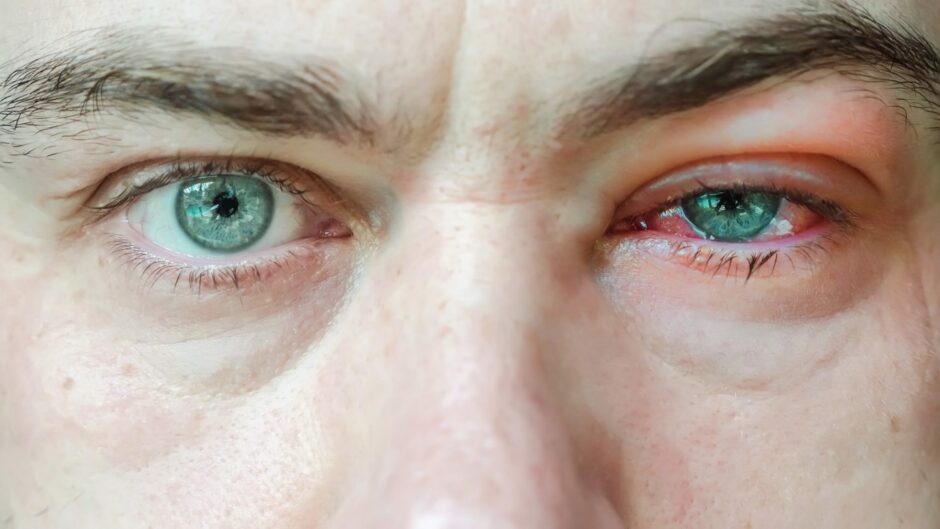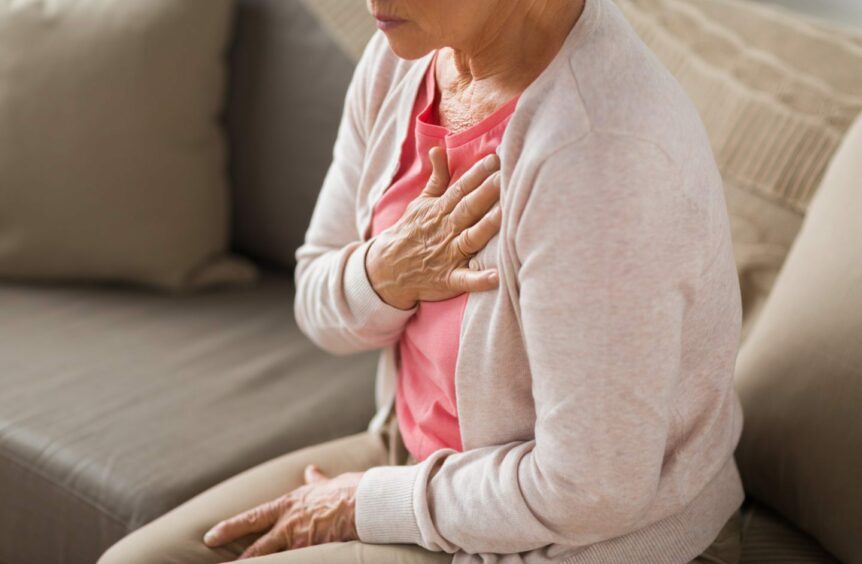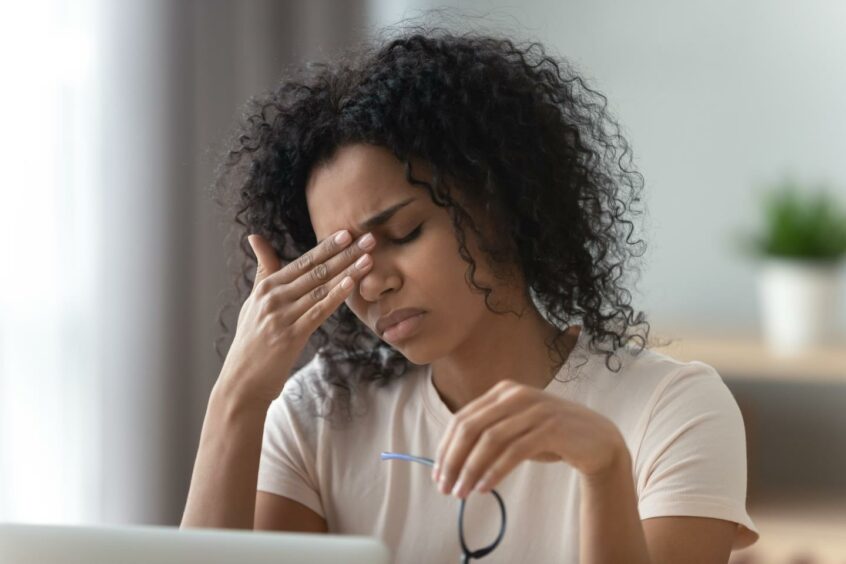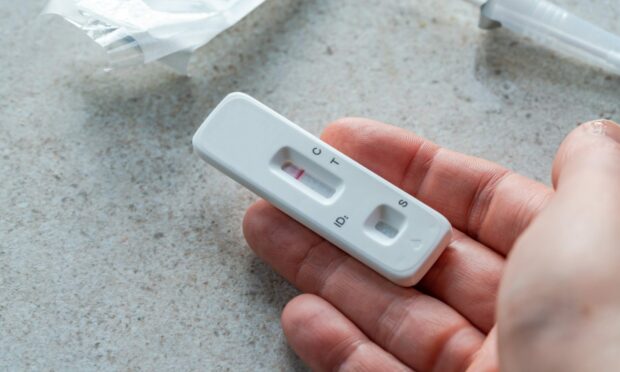Many of us have now experienced Covid first-hand, as well as the accompanying symptoms and self-isolation.
However, some have managed to avoid catching the virus, or at very least haven’t tested positive or shown any symptoms.
This raises the question, have some of us had Covid and just not realised at the time?
And if so, are there any signs that show you might have had the virus and been asymptomatic?
Some experts believe there are unusual signs or lingering symptoms that could prove you’ve had Covid, despite never having tested positive.
Read on to find out what they are.
1. Pink eye
One of the unexpected after effects of having Covid is pink eye symptoms – also known as conjunctivitis.
It isn’t a common symptom, but it may present when other signs of Covid have not.
Covid-19 is thought to enter cells through receptors for an enzyme called angiotensin converting enzyme 2 (ACE2).
The virus enters these receptors by tricking your body into thinking it’s the ACE2 enzyme.

ACE2 receptors are found in various parts of your eyes, such as your retina, and the cells that line your eye white and eyelid.
This is why Covid-19 can cause conjunctivitis and one way you might be able to figure out if you’ve recently had Covid.
Other eye symptoms that could point to a recent Covid infection include dry eyes, swelling, excessive tearing and increased eye secretions.
2. Unexplained hair loss
When your body is fighting an infection, temporary hair shedding can be one of the side effects.
According to experts, this shedding typically occurs around two to three months after having Covid and usually resolves itself.
About 90% of hairs on our scalp are in a growth phase, called anagen, and about 10% are in the telogen phase – where they come to the end of their life cycle and shed.

According to researchers from the University of Utah: “When an individual experiences a stressful event, such as Covid-19 infection, our bodies can prematurely shift a greater than normal proportion of growing hairs into telogen state.”
So if you’re suddenly experiencing unexplained hair loss, it could be a sign you had Covid two to three months ago.
3. Skin changes
A rash or other changes to the skin could be a sign you’ve recently had Covid. General symptoms associated with many Covid-19 rashes include:
- Skin discoloration. On light skin, a rash may look red, pink, or purple. On dark skin, it may appear purple, ashy grey, or dark brown
- Swelling
- Itching.
For some, the rash may appear alongside other Covid symptoms. In others, it may begin to show days after infection.

So, if you’ve recently developed a rash but have no other symptoms, take a lateral flow test if you can.
It could be a sign you are currently, or have recently been, infectious with Covid,
4. Chest pain and palpitations
Covid-19 can cause your heart rate to become fast or irregular in response to fever or inflammation.
The British Heart Foundation say this is because your heart has to work harder to pump more blood around your body to fight the infection.
The virus can cause your heart to beat fast or flutter, or pound. You may also have experienced tightness in your chest.
This can happen even after you’re no longer infectious. Palpitations can be noticeable for up to two weeks after infection in mild cases or six weeks in more serious ones.

Palpitations are not usually a cause for concern. However, it’s a good idea to get medical attention if you’re worried about them.
You should also seek advice if the palpitations last a long time, do not improve or get worse, or if you have a history or heart problems.
If you’ve never experienced palpitations before and suddenly have them, they could be a sign of recent Covid infection.
5. Extreme fatigue
Exhaustion is a common symptom of Covid. It’s natural to be more tired than normal when your body is fighting off a virus and then recovering from it.
Fatigue caused by Covid usually lasts a while after the infection has cleared.

It can make you sleep more, feel unsteady on your feet, make standing for long periods difficult, as well as affecting your ability to concentrate and your memory.
If you suddenly feel fatigued, you should make sure to get plenty of rest and build up to doing normal activities.
However, exhaustion can be a symptom of a number of other conditions, so if it persists, you should make an appointment with your GP.











Conversation